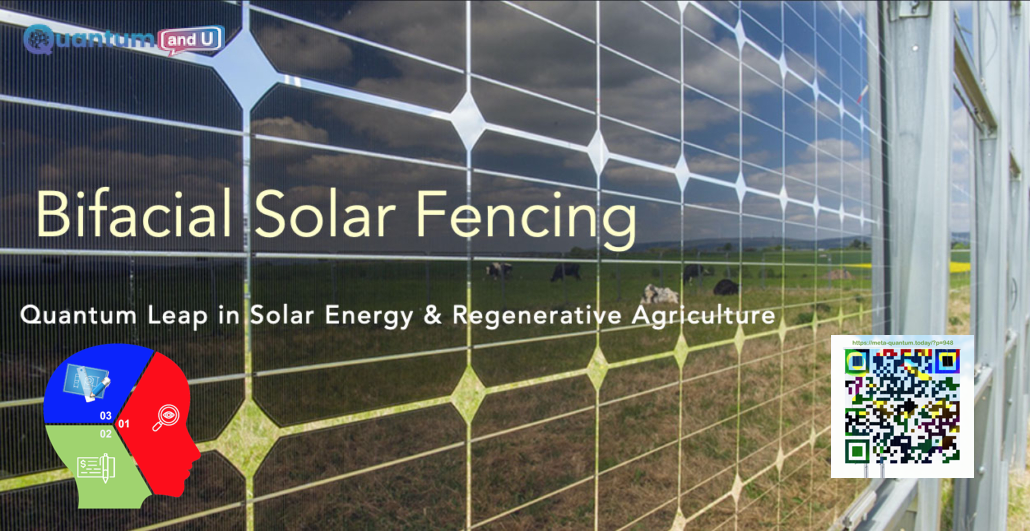
Introduction:
In this YouTube review, Joshua Tree from Butterfly Power discusses the innovative and transformative potential of bifacial solar fencing for solar energy systems and regenerative agriculture. He draws on his personal experience growing up in a farming community to emphasize the significance of fencing in agricultural operations, and how the integration of solar and fencing can revolutionize various development projects.
Tree highlights the potential benefits of bifacial solar fencing, including increased energy efficiency, greater land use flexibility, and reduced environmental impact. He also delves into the technical aspects of the technology, discussing the design, installation, and maintenance of the bifacial solar panels used in the fencing.
Furthermore, he explores the implications of bifacial solar fencing for sustainable development practices. He notes that this technology can be used to promote social and economic development in rural areas.
Overall, Joshua Tree’s review provides a comprehensive and insightful analysis of this cutting-edge technology and its potential to transform the way we approach solar energy and agriculture.
Related Sections in this YouTube video:
- Definition and Benefits of Bifacial Solar Fencing:
- Bifacial solar fencing is a type of building integrated photovoltaic (BIPV) system that uses solar panels as both fencing material and energy generators.
- Advantages include increased strength, long-term guarantee, and revenue generation through energy production.
- Real-world examples demonstrate how bifacial solar panels can be used as deck railings, awnings, and roofing material.
- Economic Benefits and Cost Savings:
- Bifacial solar fencing can reduce installation costs for solar, agriculture, and irrigation systems.
- It offers long-term revenue and low capital costs through tax credits, grants, rebates, and depreciation.
- The system significantly lowers energy and maintenance expenses for solar, agriculture, and irrigation setups.
- Multi-Functionality and Operational Performance:
- Bifacial solar fencing supports multi-species rotational grazing in agricultural operations.
- The system provides robust protection for crops and can integrate power generation, energy distribution, irrigation, panel cleaning, cooling, fire protection, and lighting.
- Vertical mounting of double-sided solar modules enables access to a broader spectrum of solar power.
- Precision Irrigation and Water Efficiency:
- Integrating Precision Irrigation with agrovoltaics (solar-agriculture integration) offers efficiency opportunities.
- Traditional irrigation methods can be costly and labor-intensive, while pivot lines can improve water distribution but require substantial infrastructure.
- The video showcases an irrigation system designed to work with bifacial solar fencing, maximizing water efficiency.
Conclusion with Takeaway Key Points:
Bifacial solar fencing presents a radical transformation in solar energy systems and regenerative agriculture. By combining solar panels with fencing, this innovation offers multiple benefits, including reduced installation costs, increased revenue, and decreased ongoing expenses. The integration of solar panels with agricultural operations allows for precise irrigation, animal protection, and sustainable power generation.
Key Takeaway Points:
- Bifacial solar fencing integrates solar panels with fencing, leading to numerous benefits.
- It reduces installation costs and ongoing expenses, making solar and agricultural projects more economically viable.
- The system supports precision irrigation and offers protection for crops and livestock.
- Multi-functionality allows for an elegant integration of various systems, improving overall efficiency.
- Long-term guarantees on the fencing components reduce maintenance costs and improve project longevity.
Reference:


